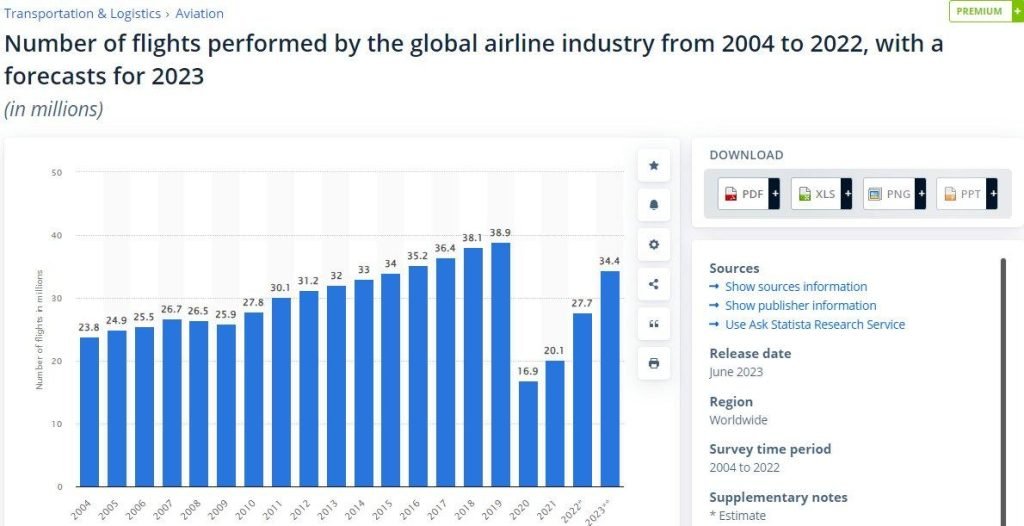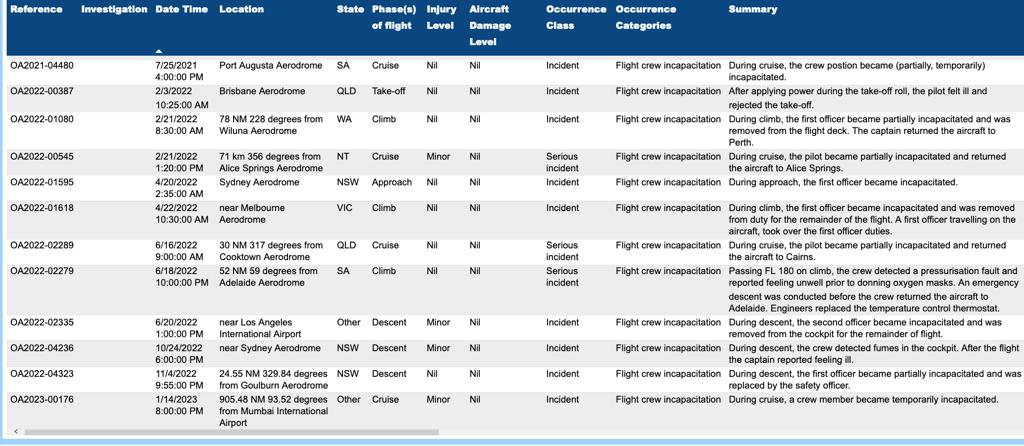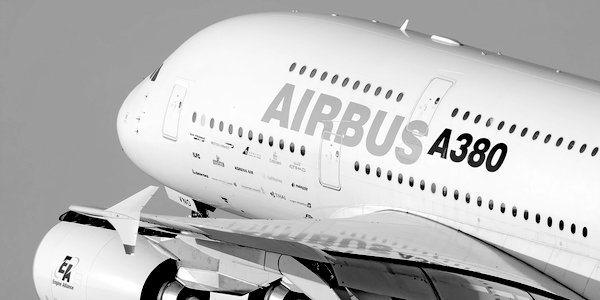WE HAD a tremendous response to our report last month, ‘Pilot warns of airline industry disaster due to Covid vaccines’. It looked at the huge increase in mayday distress calls by pilots over the last two years. The story went viral on X, viewed nearly 300,000 times, shared more than a thousand times and had nearly 2,000 likes from my shadow-banned account alone. The last time I looked at the Vigilant Fox X page, the repost had 1.7million views and it was reproduced by Canadian physician Dr William Makis on his Substack. Makis is also following pilot incapacitations closely.
My X post was translated into many languages, including Israeli, French, Spanish, Italian, Chinese and Russian and it became the most-read story on the TCW site that week with over 56,000 views to date and just under 400 readers’ comments, incisive as always.
We clearly hit a nerve so today we are revisiting the subject to answer some of your messages, and to clarify issues that you were confused about. Many were sceptical about the numbers and puzzled as to why, if so many pilots were becoming incapacitated, we were not hearing about it on the BBC.
The figures provided by former Virgin Australia pilot Captain Shane Murdock, 65, a qualified air accident investigator, of a 386 per cent increase in mayday calls in the first three months of this year and a 272 per cent increase in mayday calls in 2022, were not broken down into cause. However, we would have heard if fires had been regularly breaking out onboard or there had been a sharp increase in aircraft crashes. What we do know from UK freedom of information requests is that there has been a significant increase in pilots being medically downgraded, both Royal Air Force (RAF) and commercial pilots.
Statista provide a pre-Covid comparison on number of flights taken globally that clearly show how industry was affected by lockdowns. In 2022, there was a 272 per cent increase in mayday calls with 30 per cent fewer flights. Something is clearly going on.

There have been many stories of pilot incapacitations and I covered them in detail here in my story ‘Authorities in denial over vaccine link to soaring pilot deaths’, and here in ‘Jabbed pilots’ roll call of death and injuries’. There is also a comprehensive list of pilots incapacitated this year while on duty and those who died suddenly off duty here.
The latest incapacitations occurred on November 29, November 26, and October 30 2023. Last Wednesday the first officer in American Airlines flight 755 from Paris to Philadelphia suffered a seizure. He was pilot at the time and the seizure caused his feet to jam under the rudder pedals. Cabin crew removed him and the captain took over immediately. The first officer was taken to hospital on landing. The previous Sunday, a pilot became incapacitated on Ryanair flight FR-3472 from Luton to Poland. The Boeing 737-8 MAX was diverted to Krakow. Last month, during a flight from Manchester in the UK to Turkey, a Jet2 Boeing 737-800 pilot became incapacitated and the airliner had to make an emergency landing in Budapest, Hungary. The incident was reported in the Aviation Herald (which is a good source of information for pilot incapacitations).
In September there were three incidents on successive days. On September 24, an Austrian Airlines captain became incapacitated on flight OS-188 from Stuttgart to Vienna. The first officer took control of the aircraft. A day earlier, 37-year-old Captain Eric McRae died suddenly in his hotel room during a layover. An Alaska Airlines pilot, he was due to fly that morning. The day before that, on September 22, the pilot became incapacitated on Delta Flight DL-291 from Paris to Los Angeles. The plane was diverted to Minneapolis, and he was taken to hospital. There were 22 other incidents between March and the beginning of September 2023.
Earlier this year, in March, I was sent this breakdown from the Australian Transport Safety Bureau (ATSB), the government organisation whose aim is to improve safety and public confidence in aviation and other forms of travel. It states clearly the number of Australian pilots incapacitated; three are marked as serious incidents.

In March, US Navy officer Lieutenant Ted Macie blew the whistle detailing an increase in military myocarditis diagnoses in 2021. All mRNA vaccines such as Pfizer, Moderna, and Johnson and Johnson, can cause myocarditis. Diagnoses of the potentially fatal heart condition characterised by inflammation jumped 130.5 per cent in 2021 compared with the average between 2016 and 2020, Macie said. This was according to data from the Defence Medical Epidemiology Database (DMED). If this was not vaccine-related, we would have seen the increase in 2020, when Covid infections were rife. Data also showed that pulmonary embolism (blood clots in the lungs) had increased by 41.2 per cent, while complications from ‘ill-defined descriptions of heart disease’ had increased by 37.7 per cent.
Readers argued over the nature of a 7700 mayday call, nicknamed a ‘squawk’, saying it could be used for many reasons apart from pilot incapacitation. While this is true, there is no evidence of increased life-threatening mechanical failure in planes, or uncontrolled fires.
A 7700 mayday call is the highest level of distress call a pilot can issue. The word mayday originates from the French phrase ‘m’aidez’ meaning ‘help me.’ It is used only in dire emergency, or when there is ‘grave and imminent danger’. It is made discreetly, by radio transmitter, not the way you see in the movies with the first officer yelling ‘mayday, mayday’ into the aircraft radio. The call is picked up by the nearest air traffic control tower who issue advice to the crew. Mayday calls cover pilot incapacitation, passenger collapse, uncontained fire, landing gear failure, and others.
The second level distress call used in urgent situations that are not life-threatening is ‘pan-pan’, which also comes from a French word, ‘panne’, which means broken down. Pan-pan calls are made when there is the failure of one engine (passenger jets can fly quite happily with one until they run out of fuel) thick fog or when someone is ill with a non-life-threatening condition. It is not used if there is a threat to life.
Readers also challenged my assertion that pilots are super-fit. That depends how you define super-fit. Yes, they can be overweight, but all commercial and military pilots hold Class 1 medicals issued annually. This means they must demonstrate a less than 1 per cent chance of suffering incapacitation because of an existing medical condition. I would say that is super-fit.
Perhaps this is telling. On a recent Jetstar flight, the first officer, a female, said in her address to passengers that she was 22 years old and had been with Jetstar for six months. Clearly delighted, she explained that before becoming a pilot, she had worked for McDonald’s. She had passed her training, but you do wonder what would happen if a fire broke out that could not be contained, and she had 15 minutes to get the plane on the ground before a mid-air break-up. Is that a situation a 22-year-old would be able to handle or would we all feel safer with more experienced pilots? Incidentally, Captain Murdock once faced this situation and landed the plane in 14 minutes.
Jetstar did not respond to a request for information. ATSB confirmed the recorded pilot incapacitations and said there have been more since this list was compiled in March.
To help Australian pilots fight for their freedom, you can donate to their legal fighting fund here.











